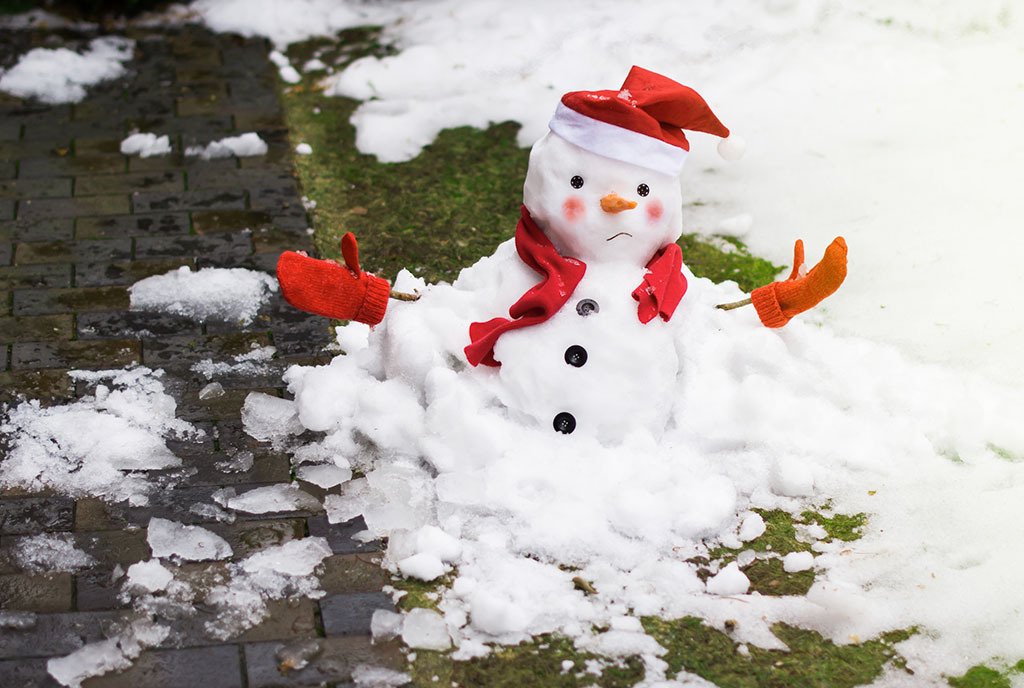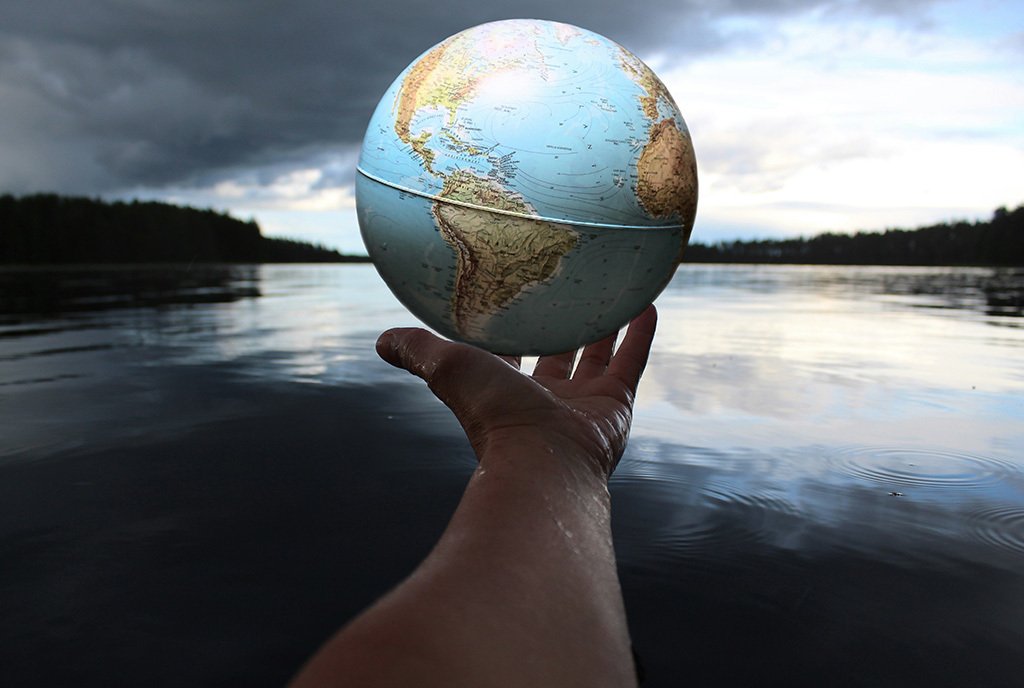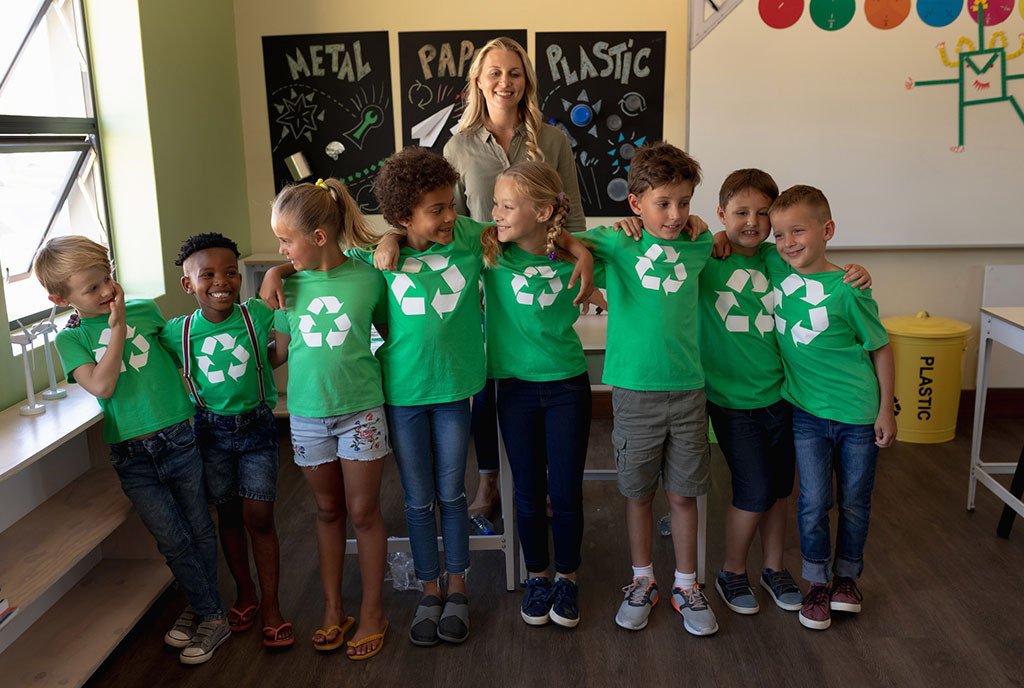
As a kid, maybe you wore your pajamas inside out the night before or slept with a spoon under your pillow. These are a few of the time-honored superstitions meant to make the weather turn worse: all for the chance at a day off from school due to snow. The next morning, you’d wake up early and watch the running ticker of school names along the bottom of the TV screen, desperate to see your school listed. A two-hour delay was fine, but closure was the goal.
In early February 2024, nearly one million students got this wish. As the East Coast braced for another severe winter storm, New York City Public Schools called off in-person school.
But students in the largest school system in the United States didn’t get a snow day. They didn’t get to sleep in, go outside in a winter wonderland, or play at all. Instead, New York City went remote with students, some five years old or younger, expecting them to log in and attend school virtually. As the AP wrote, “It didn’t go well.”
COVID-19 paved the way for such a shift; when schools across the world closed suddenly, students and teachers were expected to transition to online learning. Now, most educators and many families have some experience with virtual learning. Meanwhile, the rise in temperatures due to climate change has caused the decline of snow and the increase of rain, shifting weather expectations for areas across the United States. Do these forces spell the end of snow days?
A classic part of childhood is in danger. It’s not simply out of nostalgia that such a change is cause for alarm. Ending snow days places an extra burden on families and groups that serve them, and it robs children of an essential part of development.
Erratic Weather, Erratic Learning
Snow days may face a greater danger from virtual learning than from climate change.
In the February storm, New York City saw its snowiest day in two years, with a little over three inches falling. Elsewhere, snow dumped over nine inches in the Lehigh Valley of Pennsylvania, where almost 130,000 people lost power. In other parts of New York, the snowfall total climbed above eight inches.
Climate change doesn’t necessarily mean less snow; like all changes caused by the global climate crisis, the impacts are unequally distributed. Snowpacks, the mass of snow on the ground, have declined in at least 31 river basins, according to research cited in the New York Times. Meanwhile, parts of the United States unused to cold weather and lacking the infrastructure to survive it, like Texas and California, are facing colder and colder storms.
While the world is getting warmer, storms are becoming more severe and unpredictable. In 2021, Cleveland, OH, saw snow in mid-May, an unseasonable precipitation that happened for two years running after previously not occurring since 1907. Canada experienced “unusual” heavy snowfall in June 2023. That same month, Mt. Washington, in northern New Hampshire, recorded its snowiest June ever by June 14.
But snow days may face a greater danger from virtual learning than from climate change. Requiring students to log in and learn during the first part of the pandemic also gave educational leaders an idea of what to do during inclement weather. According to EducationWeek, in a survey conducted in November 2020, 39 percent of school district leaders said they had changed snow days to virtual learning days, while 32 percent more said they would consider it.
As the Atlantic wrote, “schools that have returned to in-person teaching or hybrid models likely still have remote-learning setups that they can turn to” when the weather is too bad for students to wait for school buses in the cold or risk icy sidewalks. “Some educators argue that students can’t afford to miss more school this year—even when it snows.” That article appeared in 2021, but the same could be said about 2024. With more erratic climate crisis-induced storms—and buildings and buses that have failed to keep pace with changing weather—schools could face even more canceled days.
Schools often have an allocation of only so many snow or “calamity” days per year, determined by state rules. In many states, such as Ohio, schools need to have students learning for a minimum number of hours per academic year. As long as the schools reach that number, they can develop their own calendar and use their days as they wish. Schools will “pad” the hours in the academic calendar to allow for the wiggle room of canceled days.
Any unscheduled school cancellation or shift to remote learning places a burden on families.
Changing from snow days to virtual learning days could mean no missed hours in the calendar, but not all states allow it. Connecticut, for example, decided not to permit digital learning days to count toward the state’s minimum of 180 educational days in the academic calendar. “The state weighed factors such as the challenges of setting up remote classrooms on short notice, and local officials also reported that parents and students wanted traditional snow days,” according to the AP, which interviewed Irene Parizi, chief academic officer for the Connecticut Department of Education.
Sign up for our free newsletters
Subscribe to NPQ's newsletters to have our top stories delivered directly to your inbox.
By signing up, you agree to our privacy policy and terms of use, and to receive messages from NPQ and our partners.
Additionally, multiple studies have shown that remote learning may have an adverse effect on students’ education, particularly when schools overly rely on online teaching.
“Let them have their snow day and go sledding and have their hot chocolate and things like that,” Parizi told the AP.
The AP also interviewed parents like Susan Smith, who stayed home with her three children, saying, “I still remember being a kid and really looking forward to snow days, so I don’t want to completely wipe that off the map with remote learning.”
Why Snow Days Matter
As the New York City Public Schools discovered, technology isn’t the most dependable babysitter.
Some families, educators, and child development experts are holding onto snow days for another reason. By their unstructured nature, snow days encourage play, particularly outside, which is an essential part of childhood development but is eroding due in part to other dangers of climate change: blistering heat and dangerous air quality. The nature of wintery outdoor play is also exploratory. Children build snow forts, have snowball fights, or go sledding at local parks, allowing them to interact with others and explore their communities.
Any unscheduled school cancellation or shift to remote learning places a burden on families. Parents and guardians, many of whom work outside the home, must make childcare arrangements, often at the last minute, or call in sick to their own jobs. Many American workers do not have flexible work schedules or workplaces where they can bring their children safely or without reprimand. Leaving kids home alone can be dangerous—or, depending on the child’s age and state laws, even illegal.
While virtual learning, in theory, seems like it would offer some structure and routine and be easier for parents and guardians than a free snow day, as the New York City Public Schools discovered, technology isn’t the most dependable babysitter.
During the February storm, many students, families, educators, and even administrators were unable to log on, an issue the city attributed to a tech contractor. When virtual learning technology fails, parents and guardians must become de facto IT specialists, trying to troubleshoot problems for frustrated children while balancing their own work responsibilities.
Public libraries, already strapped by attacks to free speech while serving more and more as essential shelters, saw a flood of students without internet access at home hoping to log on. Some nonprofits and organizations formed at the start of the pandemic to help bridge the digital divide and assist children without internet have shut down, or stopped offering free computers or access. And on February 8, the Affordable Connectivity Program, which helped 23 million Americans afford internet access, started ramping down. New users can no longer sign up, and existing users will soon see their bills skyrocket.
The Hill described the loss of the program as “a gut punch to prosperity” and wrote that the “removal of an internet connection could fundamentally change the destiny” of families, including whether or not a child might able to do homework or graduate.
Virtual learning days also don’t solve some other issues of snow days, including the loss of school meals, or unsafe home environments. “For some students, school is the warmest environment they know and the only place they get a nutritious meal,” James Evans, community relations coordinator for Rutherford County Schools in New Jersey, told the Daily News Journal.
While switching snow days to remote learning builds upon technology and lessons learned from the pandemic, it carries many of the same issues, especially ones rooted in inequality.
Many families seem overwhelmingly in favor of keeping snow days, and just letting kids have the time. “It’s like a mental health day for kids to just go and play,” Naveed Hasan, a parent of two in the New York Public Schools, including a four-year-old, told the AP. “It’s already enough of a challenge for parents to figure out how they are going to do their work.”











